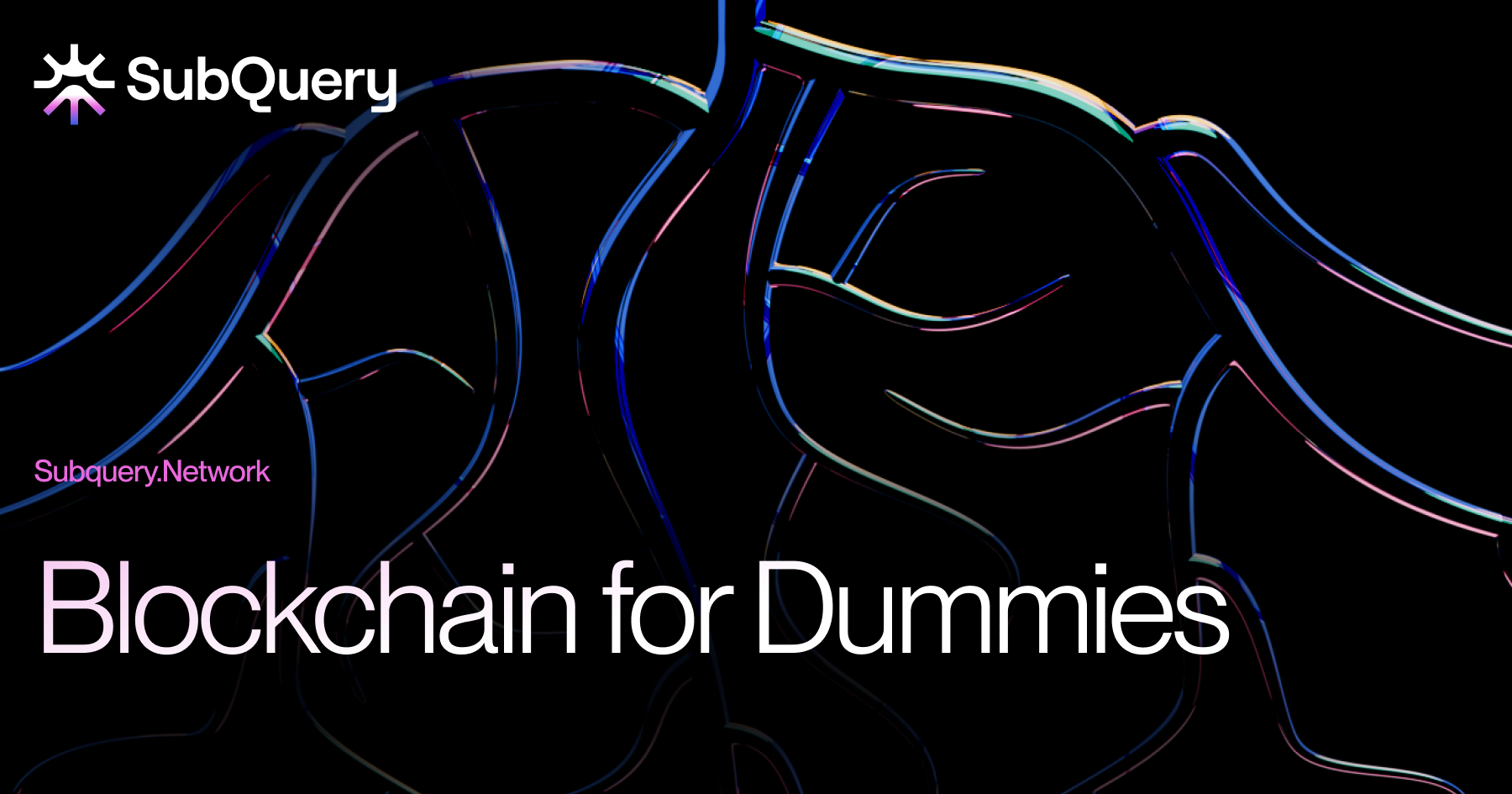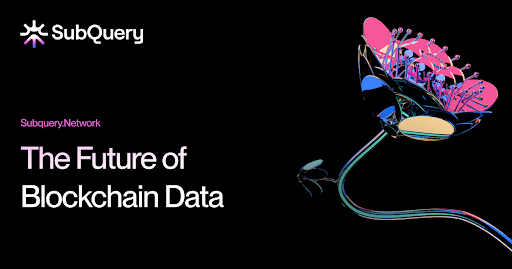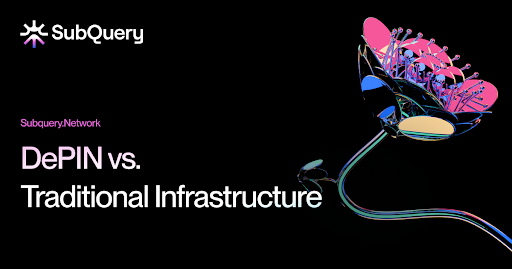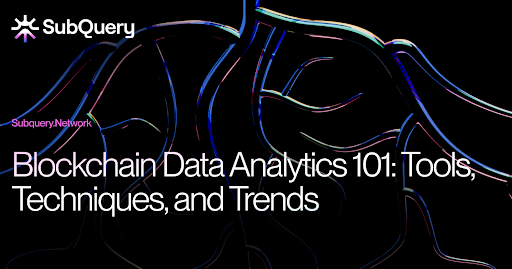Blockchain Development Basics: Essential Concepts Every Developer Should Understand

- Introduction
- What Is Blockchain, Really?
- Why Is Blockchain Development Important?
- Why Should Developers Care About Blockchain?
- Essential Blockchain Concepts for Developers
- The Developer Stack for Blockchain Applications
- Understanding Blockchain Security, Scalability, and Interoperability
- Popular Blockchain Networks to Explore
- Common Use Cases for Blockchain
- Common Questions About Blockchain Development
- Final Thoughts: Start Your Blockchain Development Journey
Introduction
The term blockchain gets thrown around a lot these days, from Bitcoin to NFTs to the future of the internet itself, everyone seems to be talking about this revolutionary technology. But what exactly is blockchain? More importantly, what do developers need to understand before starting to build with it?
This beginner-friendly guide is perfect for anyone new to blockchain development or simply curious about its mechanics. It will explain the fundamental concepts every developer needs to grasp before venturing into the realm of decentralised applications (dApps), smart contracts, and Web3.
What Is Blockchain, Really?
At its core, a blockchain is a distributed digital ledger. Think of it as a decentralised database where transactions, information, or records are stored in chronological order. But unlike traditional databases, blockchains are:
✅ Decentralised — No single entity controls the network.
✅ Immutable — Once recorded, data can't be changed or deleted.
✅ Transparent — Anyone can view the transaction history on public blockchains.
Each "block" contains data (like transaction records), a timestamp, and a cryptographic hash that links it to the previous block — forming a secure, unbreakable chain. This structure ensures trust without needing intermediaries.
Why Is Blockchain Development Important?
Blockchain development is transforming industries far beyond just cryptocurrencies. Developers play a critical role in building decentralised systems, smart contracts, and blockchain applications that are secure, efficient, and scalable.
From finance to supply chains to digital identity, the use cases for blockchain are expanding daily. If you're serious about building the next wave of decentralised tech, understanding the fundamentals is essential.
Why Should Developers Care About Blockchain?
Blockchain technology is reshaping industries, from finance to supply chains to digital identity. Developers play a crucial role in building the decentralised applications and infrastructure powering this next-generation internet, often called Web3.
Whether you're interested in building smart contracts, launching tokens, or creating decentralised platforms, understanding the fundamentals of blockchain is essential to succeed in this space.
Essential Blockchain Concepts for Developers
Here are the key blockchain basics every developer should master:
1. Decentralisation
Decentralisation removes the need for central authorities, distributing control across thousands of nodes worldwide. This ensures:
- More resilient, failure-resistant systems
- Reduced censorship risks
- Greater transparency for users
Networks like Bitcoin, Ethereum, and Polkadot demonstrate decentralised technology in action.
2. Consensus Mechanisms
Without central control, blockchains rely on consensus algorithms to validate transactions. Common types include:
- Proof of Work (PoW) — Solving complex puzzles to secure the network (e.g. Bitcoin)
- Proof of Stake (PoS) — Validators stake tokens for a chance to confirm new blocks (e.g., Ethereum 2.0, Polkadot)
- Delegated Proof of Stake (DPoS) — Users vote for trusted validators (e.g. Cosmos, EOS)
Choosing the right consensus method impacts blockchain security and performance.
3. Smart Contracts
Smart contracts are self-executing programs on the blockchain, powering everything from finance to NFTs. They:
- Automate transactions and agreements
- Operate without intermediaries
- Are key components of blockchain applications
Solidity (Ethereum) and Rust (Solana, Cosmos) are popular languages for smart contract development.
4. Decentralised Applications (dApps)
dApps are blockchain-powered applications designed to run on decentralised infrastructure. Examples include:
- DeFi platforms
- NFT marketplaces
- Decentralised identity solutions
dApp development combines familiar web technologies with blockchain backends.
The Developer Stack for Blockchain Applications
Successful blockchain development requires mastering a unique tech stack, including:
✅ Smart Contract Languages — Solidity, Rust, Vyper
✅ Frameworks — Hardhat, Truffle, Anchor
✅ Wallet Integrations — MetaMask, Phantom, Keplr
✅ Data Indexing — SubQuery for querying blockchain data
✅ Frontend Libraries — Web3.js, Ethers.js, CosmJS
Mastering this stack allows developers to build secure, scalable blockchain applications.
New to these tools? Check out SubQuery for indexing, Solidity for smart contracts, and MetaMask for wallet integration. The rest can be found via GitHub or project docs.
Understanding Blockchain Security, Scalability, and Interoperability
Blockchain security is critical to protect users and data from exploits. Smart contract vulnerabilities have caused millions in losses, so developers must:
- Rigorously test code
- Use audited libraries
- Follow best practices for secure development
Additionally, developers must understand:
- Scalability — Improving transaction speed and reducing costs via Layer 2 solutions and rollups
- Interoperability — Connecting different blockchains to share data and assets (e.g., Polkadot, Cosmos)
Robust blockchain security combined with scalability and interoperability enables global adoption.
Popular Blockchain Networks to Explore
Leading platforms for blockchain development include:
- Ethereum — The original smart contract platform
- Solana — High-speed transactions ideal for dApps and DeFi
- Polkadot — Facilitates interoperability between blockchains
- Cosmos — Modular tools for building independent, connected chains
- Avalanche — Customisable, scalable subnets
- Choosing the right network depends on your blockchain application's needs.
Common Use Cases for Blockchain
Understanding the use cases for blockchain helps developers align projects with real-world value. Popular examples include:
✅ Decentralised Finance (DeFi) — Peer-to-peer financial services without banks
✅ NFTs and Digital Assets — Verified ownership of digital art, music, and collectibles
✅ Supply Chain Transparency — Tracking goods securely from source to consumer
✅ Decentralised Identity — User-controlled digital identities
✅ Data Indexing and APIs — Tools like SubQuery enable efficient blockchain data querying
As new industries adopt blockchain technology, use cases for blockchain continue to grow.
Common Questions About Blockchain Development
Q1: Is blockchain only used for cryptocurrency?
No. Blockchain technology has a multitude of use cases such as DeFi, supply chains, identity management, and more.
Q2: What programming languages do I need for blockchain development?
Most platforms use Solidity (Ethereum) or Rust (Solana, Cosmos). Frontend Web3 development often uses JavaScript or TypeScript.
Q3: How do I secure a blockchain application?
Prioritise blockchain security by testing smart contracts, following secure coding practices, and using audited libraries.
Q4: Can I test blockchain applications before deploying to mainnet?
Yes, using local environments and testnets like Ethereum's Sepolia or Solana's Devnet.
Final Thoughts: Start Your Blockchain Development Journey
Blockchain development is reshaping how we build secure, decentralised systems. From dApps to smart contracts to cross-chain solutions, the opportunities are endless.
By understanding:
- Blockchain for dummies concepts
- Essential tools for development
- Key blockchain applications
- Best practices for blockchain security
- The expanding use cases for blockchain
Developers can build the next generation of decentralised technology.
Ready to build on blockchain? Start experimenting, join developer communities, and stay updated with platforms like SubQuery that simplify blockchain data access across multiple chains.
About SubQuery
SubQuery Network is innovating in web3 infrastructure with tools that empower builders to decentralise without compromise. SubQuery’s infrastructure network offers everything from data indexers, RPCs and AI agents - all fully decentralised and production ready.
Our fast, flexible, and open data indexer supercharges thousands of dApps on nearly 300 networks. Our Sharded Data Node will provide breakthroughs in the RPC industry and our AI App framework makes building AI apps easier than ever before. We pioneer the web3 revolution for visionaries and forward-thinkers. We’re not just a company — we’re a movement driving an inclusive and decentralised web3 era, together.
Linktree | Website | Discord | Telegram | Twitter | Blog | Medium | LinkedIn | YouTube
You might also like

Big Data Meets Crypto: The Future of Blockchain Data Analytics

DePIN vs. Traditional Infrastructure: Why Decentralised Networks Are the Future






